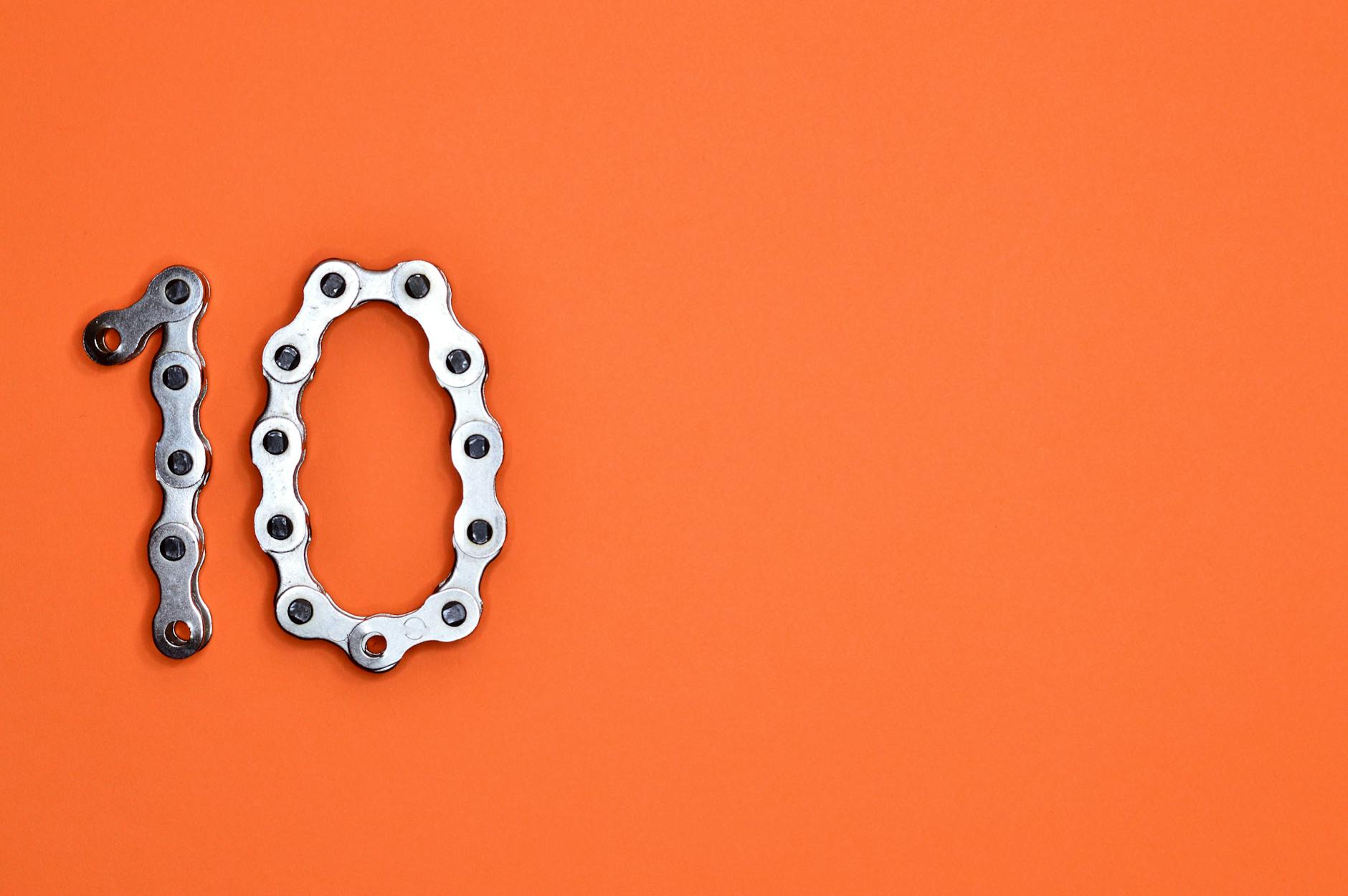Imagine starting a new procurement role where you have a real chance of making changes and influencing the procurement direction. If this 100 day plan was broken down into 10 stages, what might you want to do?
Stage 1: Assessment and Understanding
Days 1-10
- Stakeholder Meetings: Schedule and conduct meetings with key stakeholders, including department heads, finance, and operations to understand current challenges, requirements, and expectations.
- Review Existing Processes: Analyze current procurement processes, systems, and documentation to identify strengths, weaknesses, and areas for improvement.
- Team Assessment: Meet individually with team members to understand their roles, skills, and concerns.
Stage 2: Set Vision and Objectives
Days 11-20
- Define Vision: Establish a clear vision and long-term objectives for the procurement function aligned with the organization’s overall goals.
- Develop Short-term Goals: Create achievable short-term goals to address immediate challenges and show quick wins.
- Communicate Vision: Share the vision and objectives with the procurement team and stakeholders to gain buy-in and alignment.
Stage 3: Build Relationships
Days 21-30
- Supplier Engagement: Identify key suppliers and initiate relationship-building activities, including meetings and performance reviews.
- Internal Collaboration: Foster collaboration with other departments to ensure alignment and support for procurement initiatives.
- Networking: Attend industry events and join procurement networks to stay updated on best practices and industry trends.
Stage 4: Process Improvement
Days 31-40
- Streamline Processes: Implement improvements to streamline procurement processes, reduce inefficiencies, and enhance compliance.
- Technology Assessment: Evaluate current procurement technology solutions and identify opportunities for automation and digitization.
- Training: Provide training to the procurement team on new processes, tools, and best practices.
Stage 5: Performance Metrics
Days 41-50
- Define KPIs: Establish key performance indicators (KPIs) to measure the effectiveness and efficiency of the procurement function.
- Performance Tracking: Implement a tracking system to monitor and report on KPIs regularly.
- Continuous Improvement: Encourage a culture of continuous improvement by reviewing performance metrics and identifying areas for enhancement.
Stage 6: Risk Management
Days 51-60
- Risk Assessment: Conduct a comprehensive risk assessment to identify potential risks related to suppliers, contracts, and operations.
- Mitigation Strategies: Develop and implement risk mitigation strategies to minimize exposure and ensure business continuity.
- Contract Management: Review and standardize contract management processes to improve compliance and reduce contractual risks.
Stage 7: Cost Reduction
Days 61-70
- Cost Analysis: Analyze spending patterns and identify opportunities for cost savings and value generation.
- Negotiation Strategies: Develop negotiation strategies to achieve better terms, prices, and value from suppliers.
- Cost Reduction Initiatives: Implement cost reduction initiatives while maintaining or improving quality and service levels.
Stage 8: Innovation and Sustainability
Days 71-80
- Innovation: Explore innovative procurement practices, technologies, and solutions to drive efficiency and competitiveness.
- Sustainability: Integrate sustainability considerations into procurement processes by sourcing eco-friendly products and promoting responsible supplier practices.
- Supplier Diversity: Promote supplier diversity by engaging with a diverse range of suppliers and supporting minority-owned businesses.
Stage 9: Communication and Transparency
Days 81-90
- Stakeholder Communication: Establish regular communication channels with stakeholders to provide updates, gather feedback, and address concerns.
- Transparency: Maintain transparency in procurement processes by adhering to ethical standards, fair practices, and open communication.
- Feedback Mechanisms: Implement feedback mechanisms for suppliers and internal stakeholders to continuously improve performance and relationships.
Stage 10: Review and Future Planning
Days 91-100
- Performance Review: Conduct a comprehensive review of the procurement function’s performance against objectives, KPIs, and targets.
- Future Planning: Develop a strategic plan for the next phase, outlining priorities, initiatives, and goals for the coming months and years.
- Celebration: Recognize and celebrate achievements and milestones with the procurement team to boost morale and motivation.
By following this 10-stage plan, you can effectively establish and lead a successful procurement function that adds value to the organization, drives cost savings, fosters innovation, and builds strong relationships with suppliers and stakeholders.
To help you navigate the different stages, check out the category management page or 100 days in a new job
